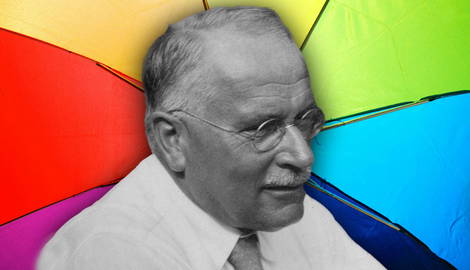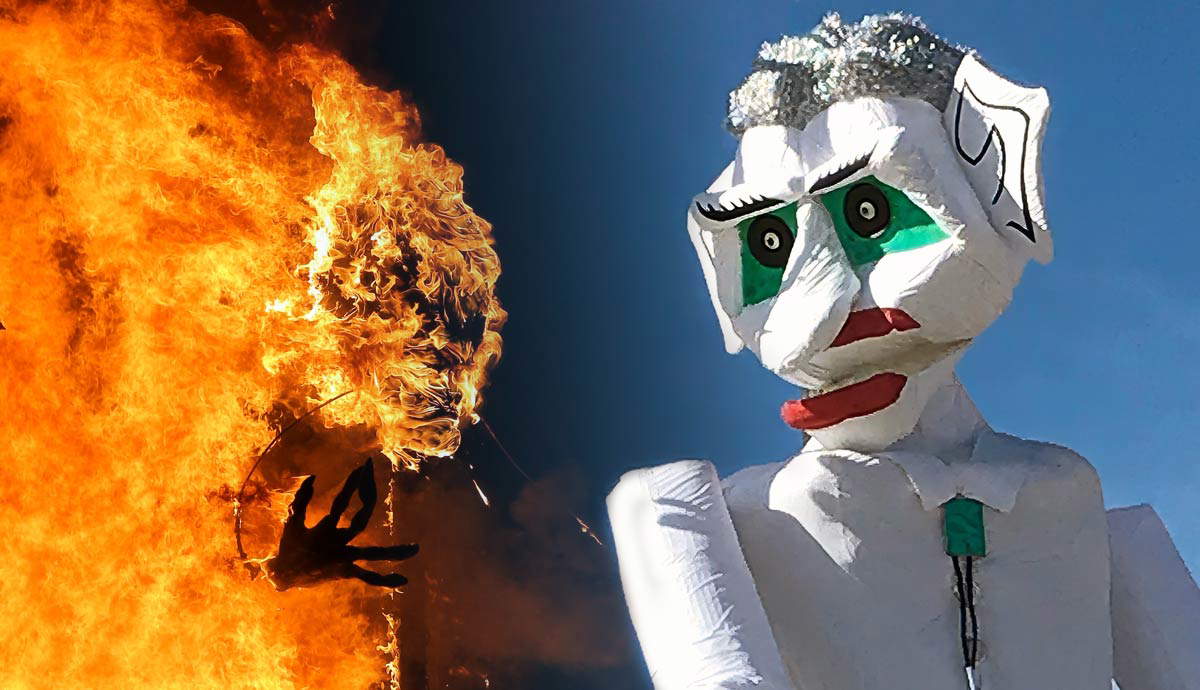
Colors don’t only paint our world, but animate our hearts. Carl Jung understood the profound significance of colors for the human psyche. According to him, colors are not mere visual stimuli, but functions that well up from the depth of our unconscious. His works paved the way to understanding the curious ways we interact with the hues that color our waking world and our dreamscapes.
What Is the Origin of Color Symbolism According to Jung?

According to Jung, the origin of color symbolism is the collective unconscious. Unlike other theories of color psychology, his understanding of color symbolism is not limited to personal and cultural associations of colors. Colors don’t have acquired, but innate, meanings. The origin of these innate meanings is the collective unconscious – an aspect of the unconscious shared by humanity at large. The patterns of meanings (i.e. archetypes) in this aspect of our unconscious are universal and impersonal. The innate meanings of colors have as their origin the heart of humanity – the part of our psyche that is collective and impersonal.

Jung, however, did not deny that there is a personal aspect to color symbolism. After all, the psyche is both impersonal and personal. So, if we consider colors as symbols, their meanings must have a two-fold nature – collective and individual. Unlike collective meanings, the personal meanings of colors are acquired and relative. Consider, for example, someone who was assaulted by a person wearing red. The victim will associate red with the assault. Even a red flower may trigger a traumatic response due to the color’s association with the traumatic event. The personal aspect of color symbolism springs from our unique experiences with colors.
What Do Different Colors Symbolize in Jungian Psychology?

In Jungian psychology, “colors symbolize qualities” (Jung, CW IX). Red represents the realm of instincts, emotions, and actions. Red is the fire of passion, the energy of action, and the drives of the most primal aspect of our psyche – the raw and untamed energy of life. Blue, at the opposite end of the visible light spectrum, represents the mind, spirit, and the mysterious depths of the unconscious. Blue is the serenity of mental contemplation, spiritual meditation, and the bottomless depth of the psyche. Yellow, the third primary color, represents conscious awareness, illumination, insight, and intellect.

The qualities of secondary colors are derived from the qualities of primary colors. Purple, as the child of red and blue, represents the union of matter and mind, activity and stillness, the primal and the subtle. Purple represents integration, the union of opposites, and stands for the final stages of individuation. Alternatively, green combines blue and yellow, bridging the depths of the unconscious with the light of consciousness. Green is the color of harmony, healing, sensation, and balance. Orange merges red and yellow, representing the middle ground between the vitality of primal instincts and the illuminating light of awareness.
What Are the Colors of Alchemy?

The colors of alchemy are black, white, yellow, and red. Jung found that the alchemical process is analogous to the psychological journey of individuation. He extensively discussed the stages of alchemy in the context of his model of the psyche. Black, white, yellow, and red represent each of the four main stages of the alchemical process, respectively.
The first stage, known as Nigredo or blackening, is a confrontation with the shadow and the collapse of the persona. Black is the dark night of the soul – a venture into the parts of ourselves we have abandoned in the shadow, denied and disowned. Albedo or whitening is the second stage, marking the dawn of awareness and the beginning of individuation. White is the purification and renewal of the psyche after confronting the shadow.

The third stage is Citrinitas or yellowing, symbolizing the emergence of enlightenment, insight, and luminosity. In this stage, the conscious mind expands to integrate a newfound wisdom. Finally, Rubedo, or reddening, is when one attains the Philosopher’s Stone. In Jungian terms, it is the realization of the Self – the wholeness and totality of who we are.










